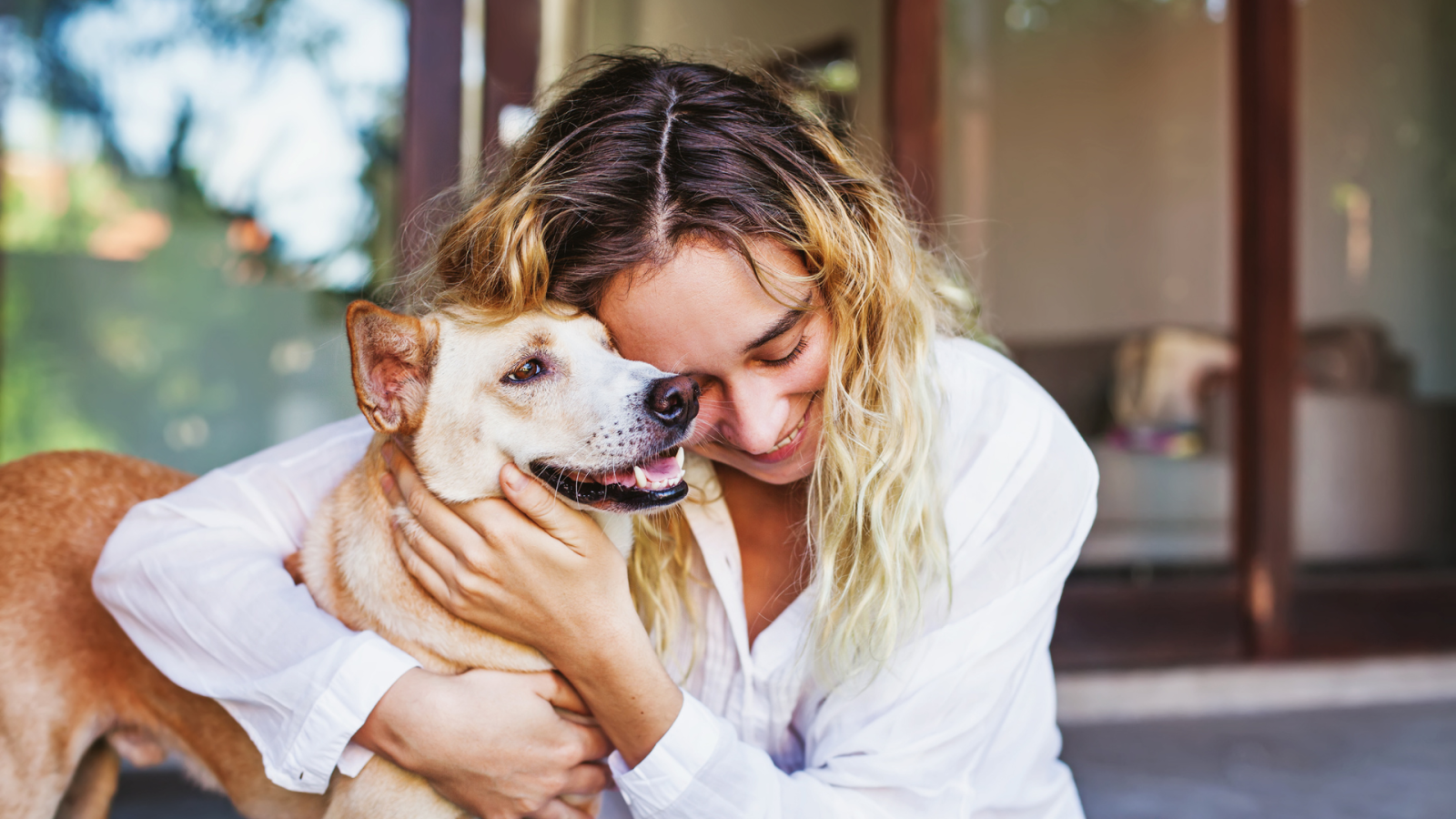Notifications

9 minutes, 22 seconds
-236 Views 0 Comments 0 Likes 0 Reviews

For many pet owners, saying goodbye to a beloved animal companion is one of the hardest decisions they will ever face. Pet euthanasia—a gentle, medically administered end-of-life procedure—is often the most compassionate choice when a pet’s quality of life has significantly declined. Understanding when, why, and how euthanasia is done can bring clarity and comfort during an emotionally difficult time.
When Is Pet Euthanasia Considered?
Euthanasia is usually considered when a pet is suffering and no longer has a good quality of life. This may result from:
Chronic or terminal illness (like cancer, kidney failure, or heart disease)
Severe injury from accidents or trauma
Advanced age-related issues that result in pain, incontinence, or immobility
Cognitive dysfunction or behavioral decline causing anxiety or confusion
Veterinarians often use a “quality of life” scale to help pet owners assess whether their pet is still able to enjoy basic activities such as eating, walking, interacting, and resting comfortably. If a pet can no longer perform these activities without distress or pain, euthanasia may be a humane option.
Signs Your Pet May Be Suffering
Some common signs that it may be time to consider at home pet euthanasia include:
Constant pain that can’t be managed with medication
Difficulty breathing
Loss of appetite and weight
Inability to stand, walk, or control bladder/bowels
Isolation or loss of interest in family members
Frequent seizures or fainting spells
Why Pet Euthanasia Is Performed
Pet euthanasia is performed to prevent unnecessary suffering and allow a peaceful, painless death. It is not about giving up—it is about love, compassion, and doing what is best for your pet’s dignity and comfort.
For many pet parents, watching a beloved animal suffer can be traumatic. Euthanasia offers a way to relieve that suffering in a controlled, safe, and respectful manner. It also allows owners to be present with their pet in their final moments, often providing emotional closure.
How Pet Euthanasia Is Done
The Procedure
Pet euthanasia is typically carried out by a licensed veterinarian, either at a veterinary clinic or at home through mobile services. The procedure is designed to be quick, gentle, and pain-free.
Here’s what you can usually expect:
Sedation (Optional but Common):
Many vets first administer a sedative or pain relief injection to calm your pet. This helps them relax and reduces any anxiety or discomfort. Your pet may fall asleep peacefully within a few minutes.
Euthanasia Injection:
Once your pet is sedated or relaxed, the veterinarian such as Heartstrings Pet Hospice professionals injects a euthanasia solution—usually pentobarbital—into a vein. This medication quickly stops brain activity and heart function, usually within seconds.
Confirmation of Passing:
The vet will listen for the pet’s heartbeat to confirm death. It’s a peaceful process, and most pets pass within a minute or two after the final injection.
In-Clinic vs. In-Home Euthanasia
In-Clinic Euthanasia is more common and affordable. It takes place in a veterinary setting and is handled by trained staff.
In-Home Euthanasia is becoming more popular among pet owners who want their pet to pass in familiar surroundings. It offers privacy, comfort, and less stress for both pets and owners.
Emotional Considerations
The grief following a pet’s euthanasia can be overwhelming. Pets are more than animals—they are family members, companions, and emotional anchors. It’s normal to feel guilt, sadness, or even doubt after the procedure. Allow yourself time and space to grieve.
Consider:
Talking with a pet loss counselor or support group
Creating a memorial (photo album, keepsake, or paw print)
Writing a letter to your pet expressing your feelings
Talking openly with your family and children about the loss
What Happens After Euthanasia?
After your pet has passed, you’ll be given several options for aftercare. These decisions for pet aftercare services can be deeply personal and may depend on your beliefs, budget, and emotional needs.
• Cremation
Cremation is one of the most common options and is typically arranged by the veterinary clinic or a pet cremation service. There are two types:
Communal Cremation: Your pet is cremated alongside other animals. Because this is a shared process, the ashes are not returned to you. This is usually the most affordable option and may offer peace of mind knowing your pet was not alone.
Private Cremation: Your pet is cremated individually, and their ashes are returned to you in an urn or a keepsake container of your choice. Many services allow you to select from various urn styles, engravings, or personalized tributes. Some even offer viewing options or a short memorial service beforehand.
• Burial
For those who prefer a traditional resting place, burial may be a meaningful choice:
Home Burial: If local laws allow it, you may choose to bury your pet on your property, such as in a backyard garden. This can be comforting as it keeps your pet close and provides a dedicated place to visit and reflect. Be sure to follow legal guidelines regarding depth, containment, and location.
Pet Cemetery Burial: Dedicated pet cemeteries offer professional burial services, plots, headstones, and long-term maintenance. This option may feel more formal and permanent, especially if you’re unable to bury at home.
• Memorials
Many veterinary clinics offer personalized keepsakes to help commemorate your pet’s life:
Clay or Ink Paw Prints: A simple but touching memento that captures your pet’s unique footprint.
Fur Clippings: Some owners choose to keep a small tuft of their pet’s fur in a keepsake vial or memory box.
Customized Jewelry and Lockets: Pet memorial jewelry may contain a portion of your pet’s ashes, fur, or a photo, allowing you to keep their memory close every day.
Online Memorials and Tribute Pages: Some cremation services and pet loss organizations offer online spaces where you can share stories, photos, and memories of your pet with others.
Take time to consider your options beforehand if possible, as it can be difficult to make decisions in the moment.
Final Thoughts
Pet euthanasia is a deeply personal decision that requires compassion, courage, and love. While no one wants to say goodbye, euthanasia can be a final act of kindness when a pet’s suffering becomes too great. By understanding the process, evaluating quality of life, and seeking support, pet owners can find peace in making the right decision for their furry friend.
If you’re facing this decision, talk openly with your veterinarian. They are there not only to guide your pet’s medical care, but also to support you through one of life’s most emotionally significant moments.

